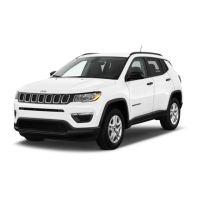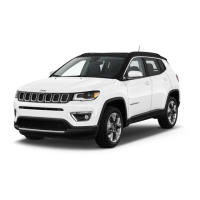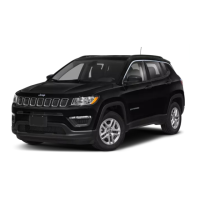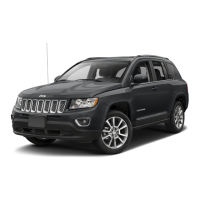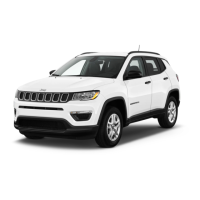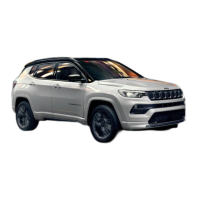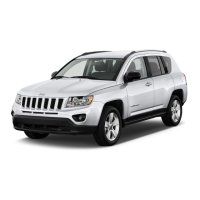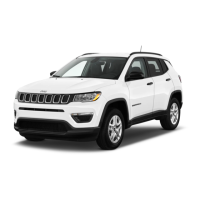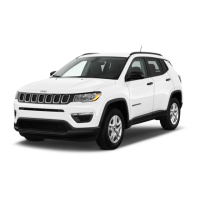266 SAFETY
(Continued)
These data can help provide a better
understanding of the circumstances in which
crashes and injuries occur.
NOTE:
EDR data are recorded by your vehicle only if a
non-trivial crash situation occurs; no data are
recorded by the EDR under normal driving
conditions and no personal data (e.g., name,
gender, age, and crash location) are recorded.
However, other parties, such as law enforce-
ment, could combine the EDR data with the type
of personally identifying data routinely acquired
during a crash investigation.
To read data recorded by an EDR, special
equipment is required, and access to the
vehicle or the EDR is needed. In addition to the
vehicle manufacturer, other parties, such as
law enforcement, that have the special
equipment, can read the information if they
have access to the vehicle or the EDR.
CHILD RESTRAINTS — CARRYING
C
HILDREN SAFELY
Warning Label on Front Passenger Sun Visor
Everyone in your vehicle needs to be buckled up
at all times, including babies and children. EC
directive 2003/20/EC requires proper use of
restraints in all EC countries.
Children less than 1.5 meters tall and 12 years
or younger should ride properly buckled up in a
rear seat, if available. According to crash
statistics, children are safer when properly
restrained in the rear seats rather than in the
front.
WARNING!
NEVER use a rearward facing child restraint
on a seat protected by an ACTIVE AIRBAG in
front of it, DEATH or SERIOUS INJURY to the
CHILD can occur.
It is advisable to always carry children in a
child restraint system on the rear seat,
which is the most protected position in the
event of a collision.
21_M6_OM_EN_IN_t.book Page 266

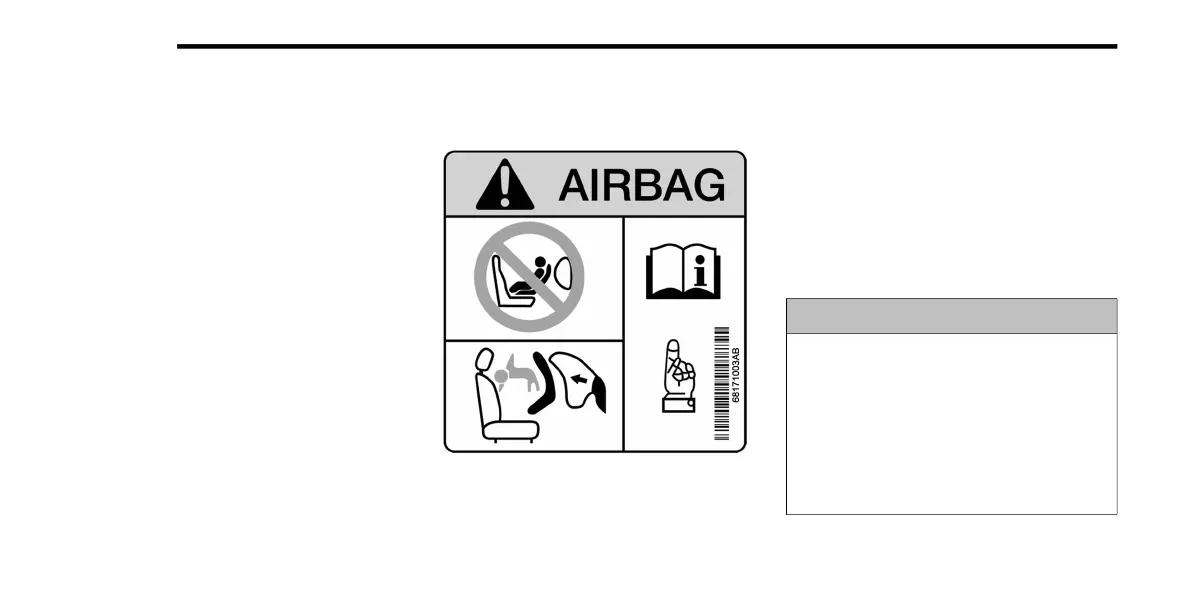